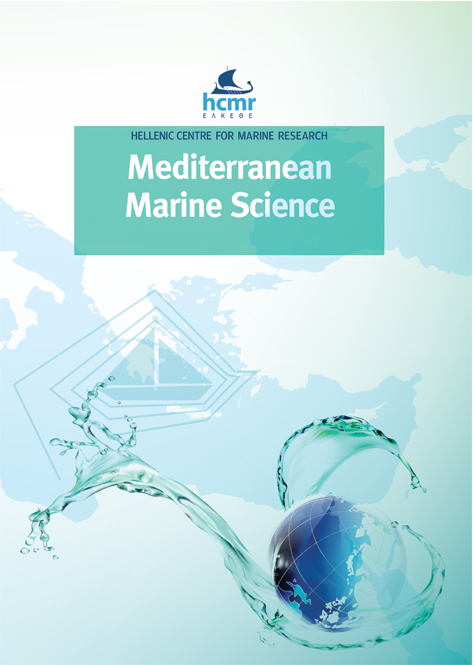Preliminary measurements of formaldehyde in seawater and edible tissues of farmed gilthead seabream after formalin immersion
Resumen
This study was performed to measure the possible persistence of formaldehyde, the active substance of formalin solution, in seawater and edible gilthead seabream (Sparus aurata) tissues after a formalin bath. The trial was carried out during the summer period as parasitic infestations are of a high frequency. Water samples were taken within or at a short distance from the treatment cages, during and following formalin immersion. Fish fillets were also sampled at the same sampling points. Chromatographic analysis of water and tissue samples was performed with a photodiode array detector (HPLC-PDA). Measured formaldehyde concentrations in gilthead seabream fillets clearly showed no increase due to the immersion or advent of time. Formaldehyde measurements in seawater revealed that after formalin treatments negligible amounts of the substance remain in the aquatic environment and these values seem to be relatively unaffected by depth in the vicinity of the fish cages. Further research is required to investigate the formalin degradation cycle under Mediterranean seawater conditions, including more farm sites and temperature ranges.
Article Details
- Cómo citar
-
KOTSIRI, M., PANARA, A., KOUPA, A., GOURZIOTI, E., THOMAIDIS , N. S., & RIGOS, G. (2023). Preliminary measurements of formaldehyde in seawater and edible tissues of farmed gilthead seabream after formalin immersion. Mediterranean Marine Science, 24(2), 384–391. https://doi.org/10.12681/mms.33606
- Sección
- Research Article
Authors who publish with this journal agree to the following terms:
- Authors retain copyright and grant the journal right of first publication with the work simultaneously licensed under a Creative Commons Attribution Non-Commercial License that allows others to share the work with an acknowledgement of the work's authorship and initial publication in this journal.
- Authors are able to enter into separate, additional contractual arrangements for the non-exclusive distribution of the journal's published version of the work (e.g. post it to an institutional repository or publish it in a book), with an acknowledgement of its initial publication in this journal.
- Authors are permitted and encouraged to post their work online (preferably in institutional repositories or on their website) prior to and during the submission process, as it can lead to productive exchanges, as well as earlier and greater citation of published work (See The Effect of Open Access).






